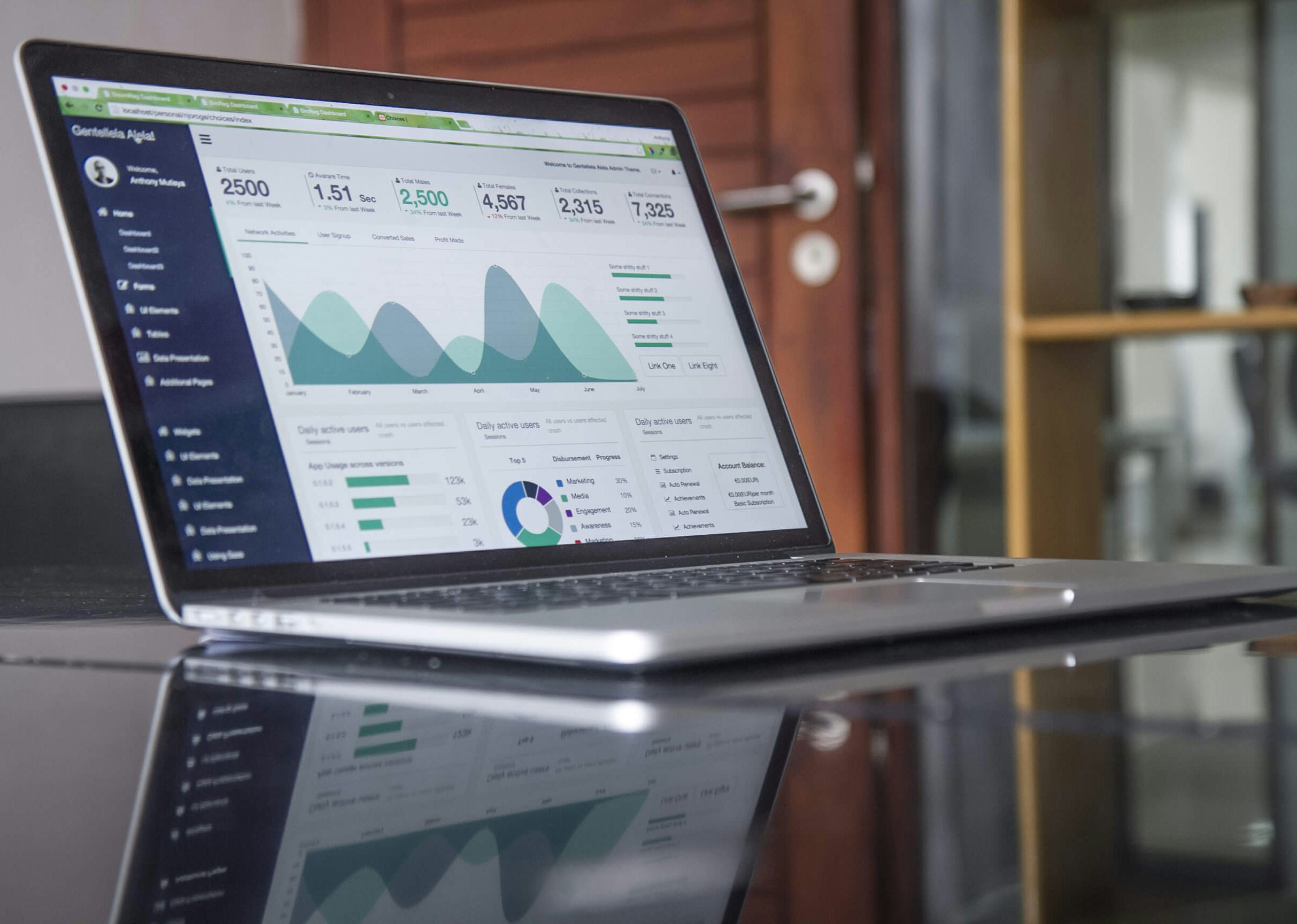There are many different types of charts that can be used to visualize information – pie charts, bar charts, histograms, line charts, scatter plots, boxplot, etc. As a professional, you have to understand the specific (unique) purpose of each of these tools. Your choice of visualization tool is of utmost importance.
It all begins by having a knowledge of the various data types. One of the fundamental questions to ask yourself is: what is the data type of the main variable I am trying to visualize (or present using a chart)? Is the data numeric or descriptive; discrete or continuous? Understanding these basic facts is at the foundation of your ability to visualize information effectively.
Another important decision you must make as a data professional is your choice of visualization tool(s). There are various options to consider: each having its own level of complexity (or simplicity), robustness and cost implication; some are actually free. Whatever your choice is, you need to learn how to use such a tool at expert level.
This will make you stand out as a real pro. A few examples of popular tools (software) that can be used for visualizing data are Microsoft Excel, Microsoft Power BI, Tableau, R and Python (e.g. using Matplotlib). The watchword is to choose a tool that is most feasible and appropriate for your particular need. Don’t choose a complex and/or expensive tool to solve simple non-critical problems. Such will amount to a waste of time and resources. Besides, there are already enough challenges in this world, let’s not add more problems artificially.
Wishing you success in your quest to learn more, do more, and become a better and greater professional.
